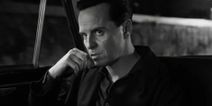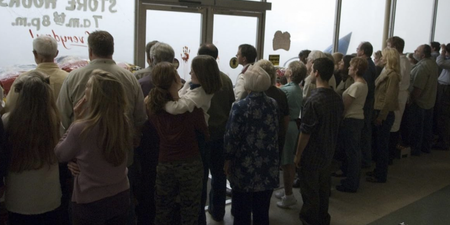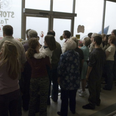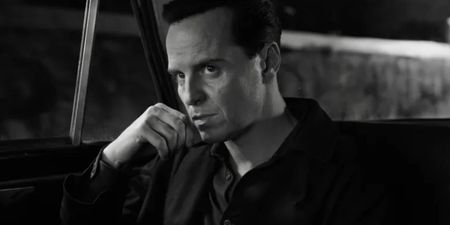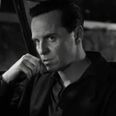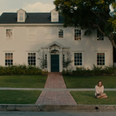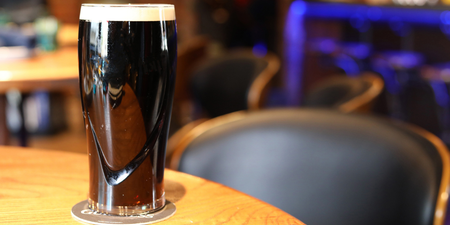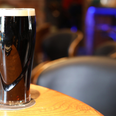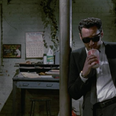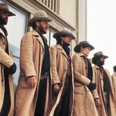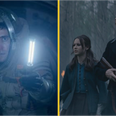How Stephen Hawking stole Homer Simpson’s donut shaped universe.
Stephen Hawking first appeared in an episode of The Simpsons titled ‘They Saved Lisa’s Brain’. In it, Springfield’s Mensa chapter takes control of the town with unfortunate results. Hawking arrives, empowers the dissatisfied mob and says he intends to steal Homer’s idea for a “donut-shaped universe” in the episode’s closing scene.
The cameo was more than a plot device – the show’s writers needing someone with a higher IQ than any of Springfield’s space cadets – and it came about because Hawking was actually a fan.
He described the cartoon as “the best show on American television.”
Clip via Simpsons Best Moments
Hawking developed a cultish following for the appearance, which has earned critical acclaim and the top spot on several best guest appearance lists. He has featured in three more episodes, been replicated as a plastic action-figure and is routinely mistaken for a fictional character.
“The Simpsons appearances were great fun. But I don’t take them too seriously. I think The Simpsons have treated my disability responsibly,” Hawking said.
On hearing of his passing, legendary producer Matt Selman tweeted that Hawking was “the most intelligent guest star” The Simpsons had ever had.
Farewell to Stephen Hawking, the most intelligent guest star in the brief history of The Simpsons pic.twitter.com/po3fIHgEdh
— Matt Selman (@mattselman) March 14, 2018
Pop culture helped the physicist to pollinate his ideas, spreading them to the corners of Futurama, Star Trek, The Big Bang Theory and Family Guy, where he was portrayed by Seth McFarlane.
And the fact he’s often mistaken for his yellow-animated counterpart shows how far those ideas have spread.
Clip via Björn Ehrby
Hawking did actually make the case for Homer’s “donut-shaped universe” in 1983 in collaboration with James Hartle. The pair argued the universe has no physical boundaries and travelling its length would be a circular journey comparable to circumnavigating the globe – and posited the same for time.
The theory was published before the episode broadcast in 1999, but it shows how pop culture and field-defining physics theories can overlap.
Like a Venn diagram. That’s science, right?
LISTEN: You Must Be Jokin’ with Aideen McQueen – Faith healers, Coolock craic and Gigging as Gaeilge


